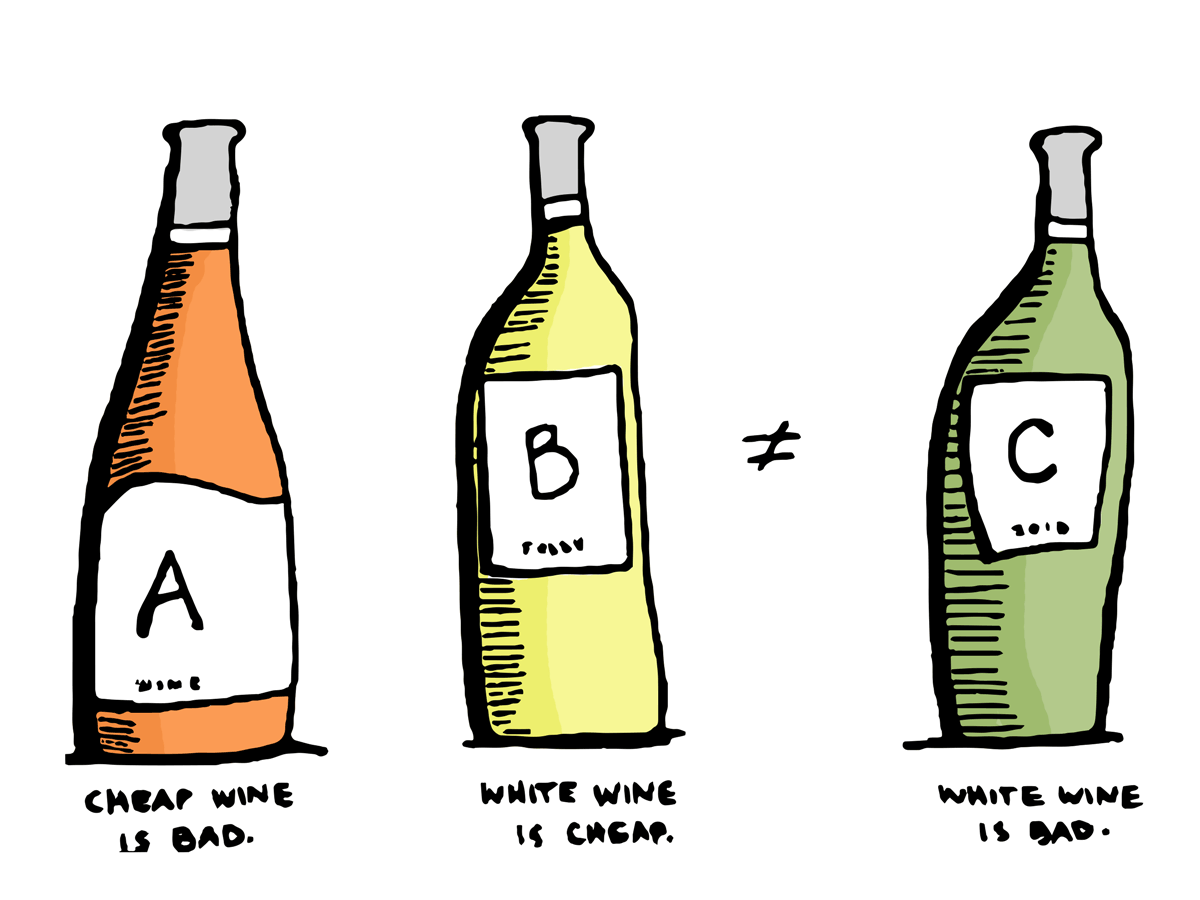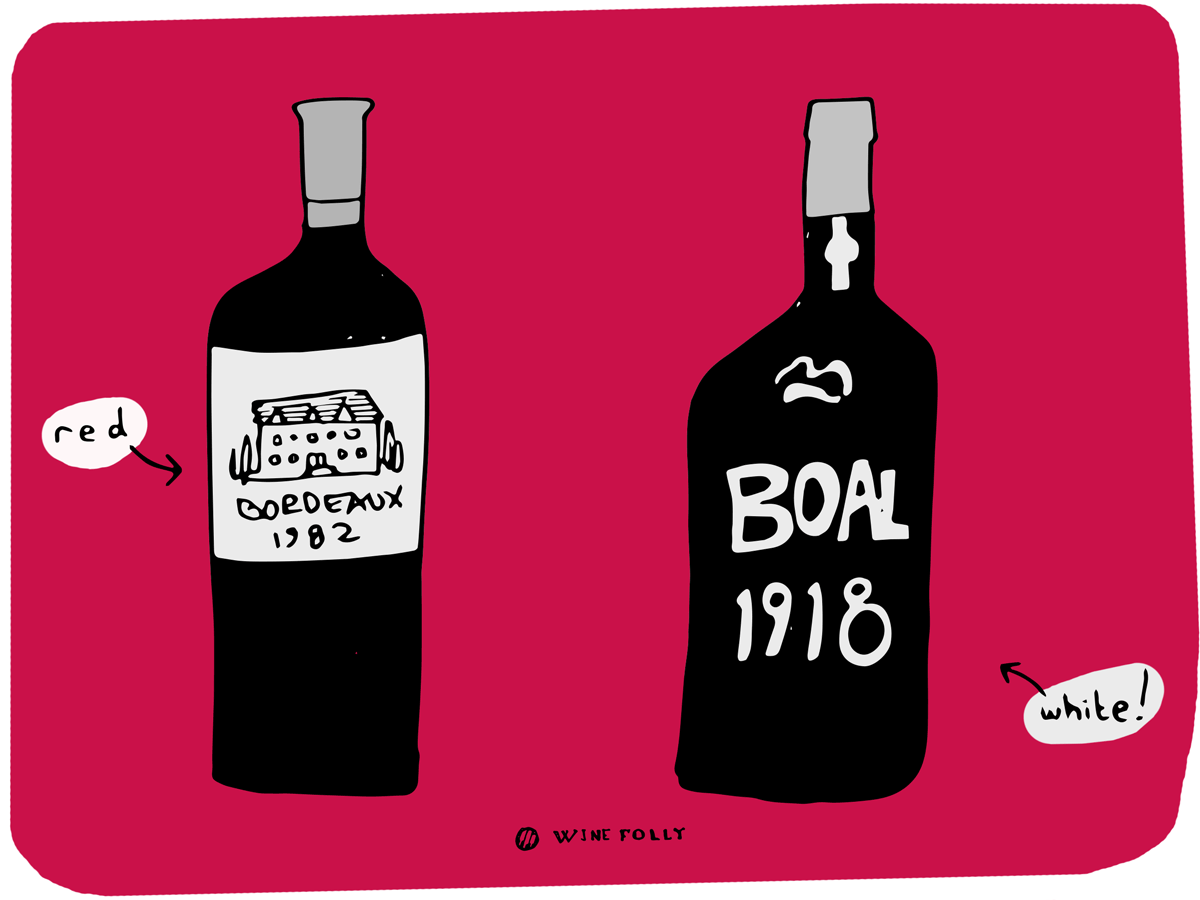White wine lovers know the struggle is real. From being underestimated to defending their taste, choosing white over red often comes with side-eye. But it’s time to celebrate the crisp, complex beauty of white wines — and call out the misconceptions that fans of Chardonnay, Riesling, and beyond constantly face.
“You’re the Only One in the Room”
If you prefer white wine, then you’re a special kind of wine enthusiast; an uncommon one, but a special one, nevertheless. Own it – but be careful in mixed company! Admitting you’re a fan of white wines to other wine people is a risky thing to do; it’s like being a skier in a group of snowboarders. But you can take it. You won’t let someone else’s opinion get in the way of your good taste.
“White Wine Is Cheap. Therefore, You Have Cheap Taste”
This logical fallacy is a red wine lover’s favorite argument. They’ve undoubtedly noticed that many white wines are less expensive than red wines. So, they assume that white wines are of lower quality. Here’s some ammo next time this happens to you:
- The advancement of wine technology has made white winemaking more cost-effective. There are now high-end tools (such as specialized pneumatic white wine presses and temperature-controlled stainless steel tanks) that make processing white wine grapes easier and faster than ever before. In many ways, technology for white wines is leaps and bounds ahead of red wines.
- Most white wines do not require extra time in the cellar for aging, nor do they require oak aging. Time is costly, and so is oak.
- The popularity of white wines is lower on the high end, making the supply-demand economics different. (This is fantastic news for white wine lovers, if you look at the positive side.)
Actually, on second thought, you shouldn’t say anything at all. More for us.
“You’re Obviously Not That Serious About Wine”
Ever read wine descriptions? Why do red wines get all the best ones? Why can’t a white wine be “rich,” “brooding,” or “thoughtful?”
Say it with us, folks: Just because a wine is light-bodied and fun to drink doesn’t mean it can’t be serious. It takes a great deal of talent to make delicious Mosel Riesling, Albariño, and Chenin Blanc.
“White Wines Don’t Age, Thus They’re Low Quality”
Besides the fact that this statement is just flat-out wrong, ageability isn’t always a prerequisite for quality. Certainly, there are many red wines that reach their peak after a decade or so of aging. But some wines are meant to be fresh! That said, if white wine lovers are being hounded on this point, here are a few examples of white wines that age longer than most reds. Have fun dropping this knowledge:
- Rioja Blanco (crazy-delightful white from Spain lives up to 20 years)
- Vintage Champagne (upwards of 50 years)
- PX (aka Pedro Ximénez – not a guy’s name). This wine is sweet and starts tasting great at around 30 years and gets even better after that
- Boal Madeira (~100 years)
Honestly, we could go on and on. But then, a delicious bottle of Riesling came along. Just proof that wine doesn’t solve problems, but it can put them in a time-out.



